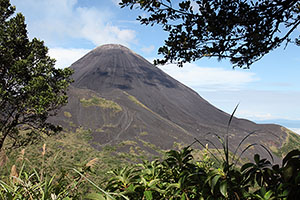
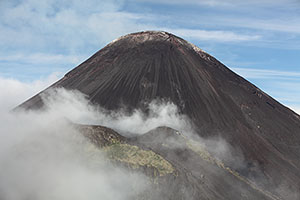
Soputan viewed through vegetation from NE
View from NE to Soputan. Aesoput cone partially shrouded in cloud
 |
 |
|
Soputan viewed through vegetation from NE |
View from NE to Soputan. Aesoput cone partially shrouded in cloud |
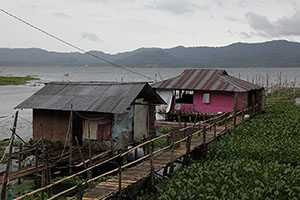 |
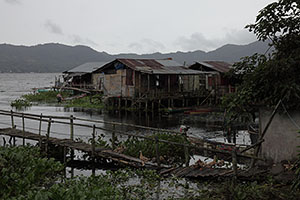 |
|
Houses on stilts, Lake Tondano |
Houses on stilts, Lake Tondano |
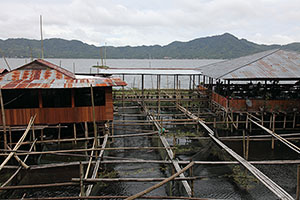 |
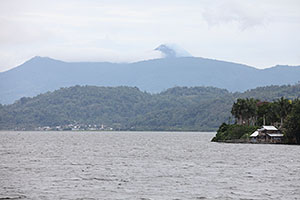 |
|
Restaurants on stilts, Lake Tondano |
Lake Tondano with Soputan on horizon |
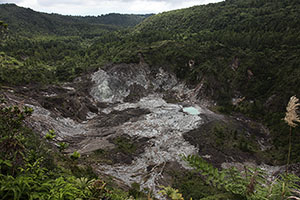 |
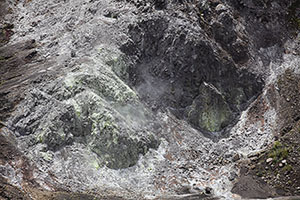 |
|
Kawa Masem crater, Temboan volcanic complex |
Solfatara in Kawa Masem crater |
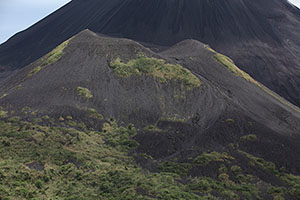 |
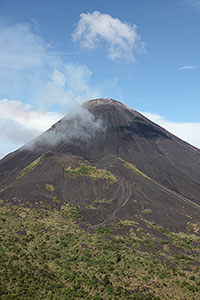 |
 |
|
Aesoput tephra cone |
Aesoput with Soputan behind |
Aesoput with Soputan behind |
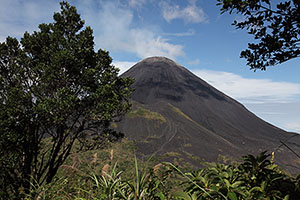 |
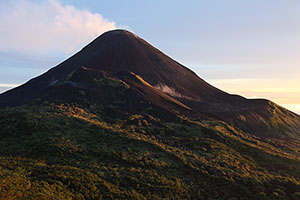 |
|
Soputan viewed through vegetation |
Soputan degassing at sunset |
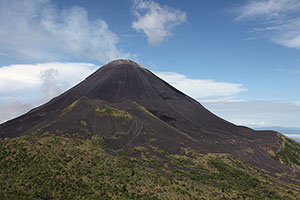 |
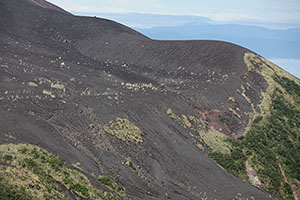 |
|
Soputan degassing |
Rim on NW flank |
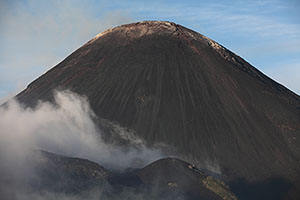 |
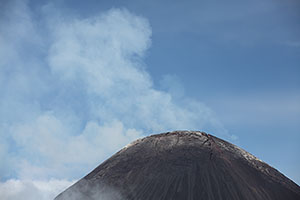 |
|
Dome of Soputan in morning light |
Degassing dome of Soputan |
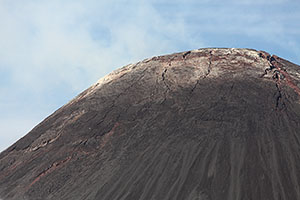 |
 |
|
Soputan lava dome |
Soputan lava dome |
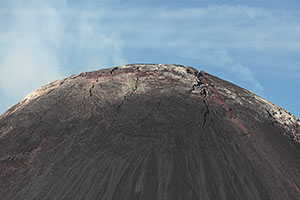 |
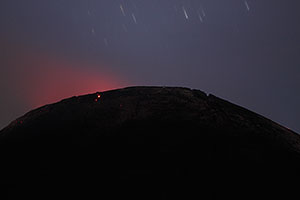 |
|
Soputan lava dome |
Weak incandescence on dome (July 2014) |
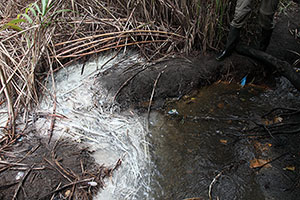 |
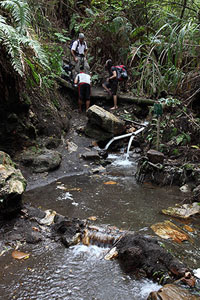 |
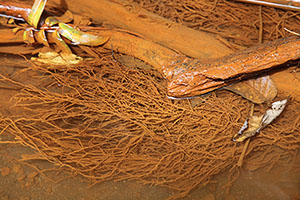 |
Sulfurous water entering Soputan river |
Upstream exit of trail from Soputan river |
Ferrous compounds colour further downstream |
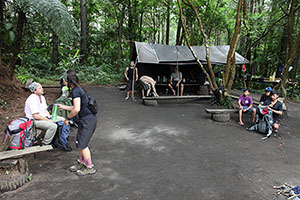 |
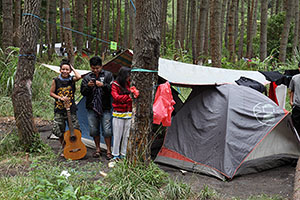 |
|
Camp "Pine" 1 |
Camp "Pine" 2 |
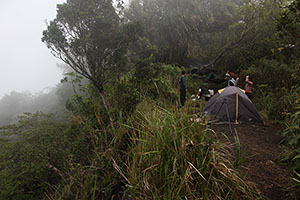 |
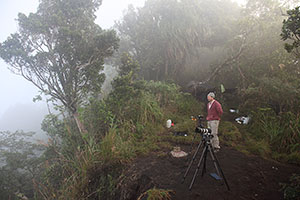 |
|
Camping at viewpoint NE of Soputan |
Camping at viewpoint NE of Soputan |
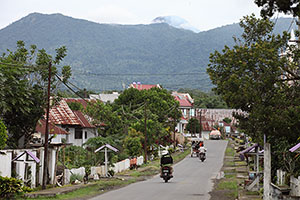 |
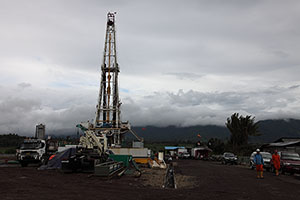 |
|
Approaching volcanic complex including Soputan |
Geothermal well near Soputan complex |